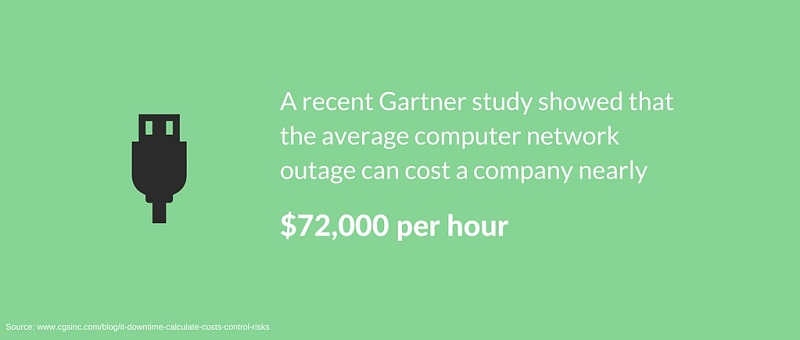Topics
The Future of RMM: Can Managed Services Actually Prevent IT Downtime?

As companies look for new ways to optimize their business operations, small- and medium-sized businesses (SMB) are realizing what larger enterprises always have: that the benefits of outsourcing managed services may be too extensive to be ignored. Much has been written about leveraging managed services for infrastructure or applications. When it comes to managed services for infrastructure, the approach taken by providers of technology outsourcing, or managed service providers (MSP), vary greatly. Given these differences, the outcomes and levels of customer satisfaction also vary.
Notification and capturing of issues
On the left side of the continuum of service excellence is the ability to notify and capture issues. The next step in the process of service excellence is the ability to resolve issues within defined service-level agreements (SLA). This is now table stakes to be in this business. The new, and most sophisticated, approach to managed services is called Remote Monitoring and Management (RMM). RMM solutions may not create increased operating costs for the customer. Any cost in monitoring SW is typically offset with a reduction on the number of FTE’s supporting resolutions or preventing the issue in the first place.
Prevention of downtime

Source: IT Downtime
RMM offers full service notification and resolution, with the added feature of prevention. Prevention of downtime, performance issues or other disruptive scenarios is the new bar that partners must provide their customers. The best RMM solutions providers use proactive alerts and monitoring IP for both our RMM and cloud solutions to keep track of servers, storage, performance, security, and other infrastructure components.
The good news is that the most underserved segment of the industry SMBs, mid-market and enterprise accounts across all verticals can greatly improve their operational performance, customer satisfaction and increase profitability through RMM.
How it works
To communicate a sense of how RMM solutions may be implemented, here is an example of a typical CGS Outsourcing RMM implementation:
- Deploy agents for proactive monitoring of the infrastructure
- Develop a Health Check Score as a baseline with specific areas highlighted as Green (good), Yellow (requires action), and Red (requires immediate action)
- Prioritize the action items into a risk mitigation plan to purchase require hardware or software and engage with our customers for forecasting CAPEX purchases
- Communicate on a frequent basis leveraging the dashboards that come from the monitoring technology. These dashboards are ideal to bridge CFO, CIO, CTO and COO understanding of the urgency behind EOL replacements, replacing a SAN, or making necessary investments to support load balancing.
- Manage upgrades, patches, installs and all day to day activities
- Ensure all aspects of the operation have run successfully including backups and DR
- Provide 24 X 7 global support
Communication
Communication is the last important aspect of a proactive monitoring model. Health checks and dashboards are a wonderful vehicle and promotes the actionable intelligence executives need for decision making. Infrastructure is the foundation to optimize end to end operations from ecommerce, customer relationship management (CRM), enterprise resource planning (ERP), and analytics whether you are a $25 million business or a $1 billion business.
RMM solutions can be tailored to any size and can scale up as business grows. Customers may be onboarded in as little as two weeks, with results kicking in the first 90 days. For a business that would prefer to focus on core competencies and allow an outsourced RMM solutions provider to handle IT infrastructure as an extension of its own team, RMM may be worth the investment. It can pay dividends in benefits and keep your business competitive.
